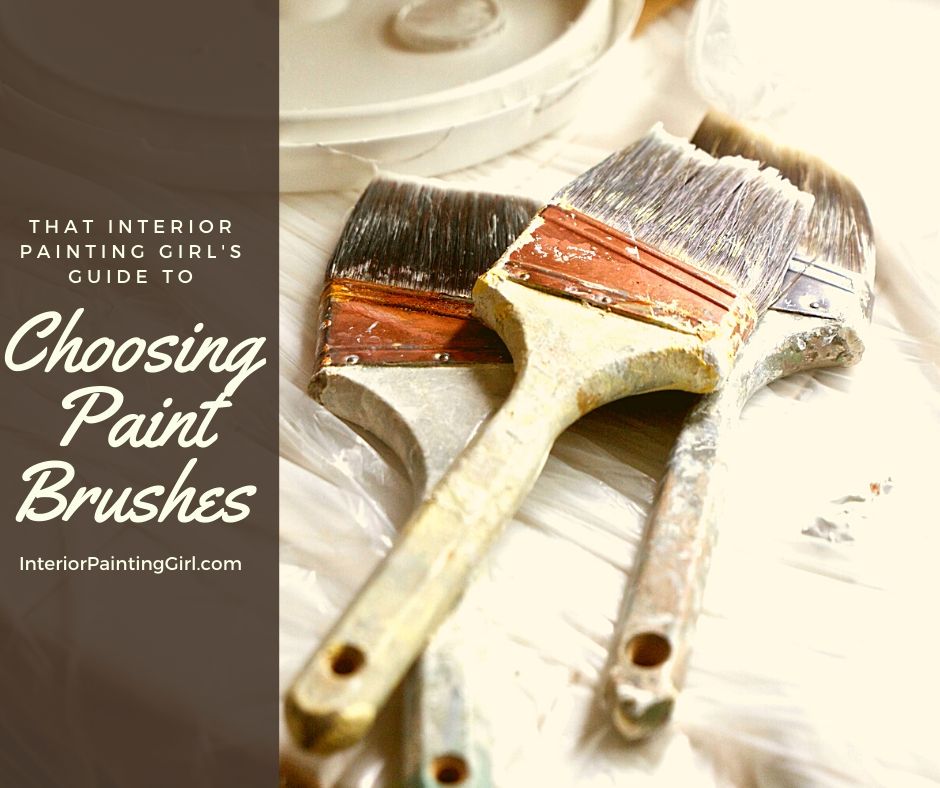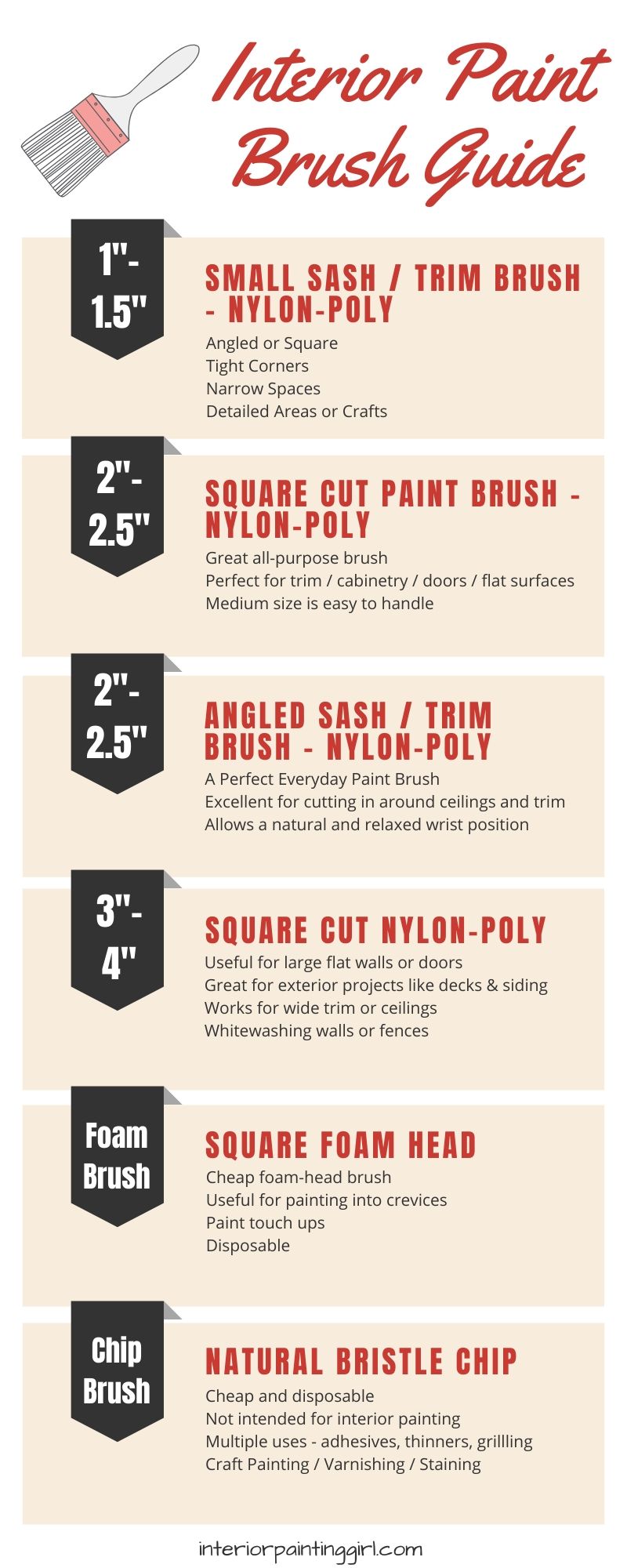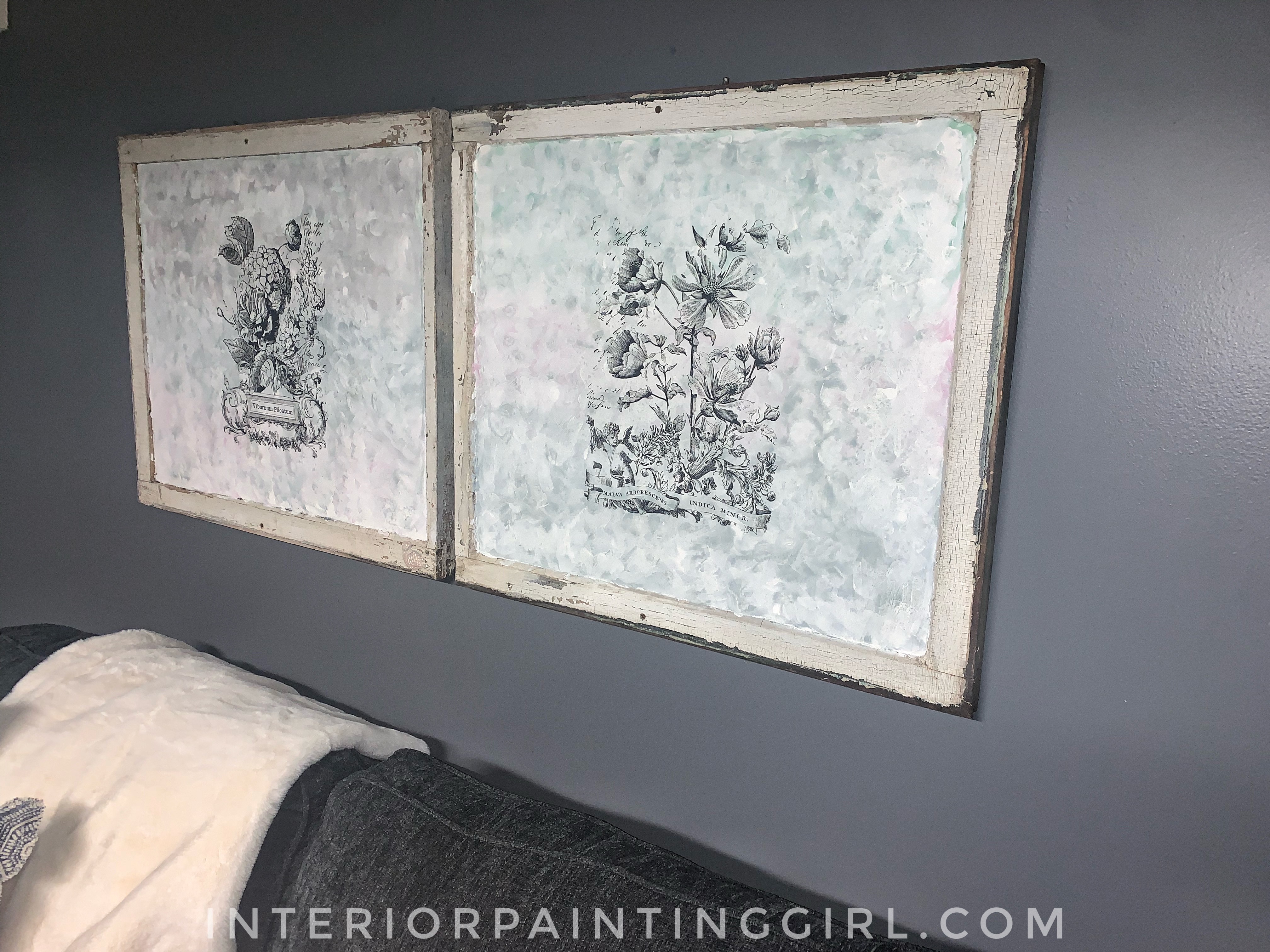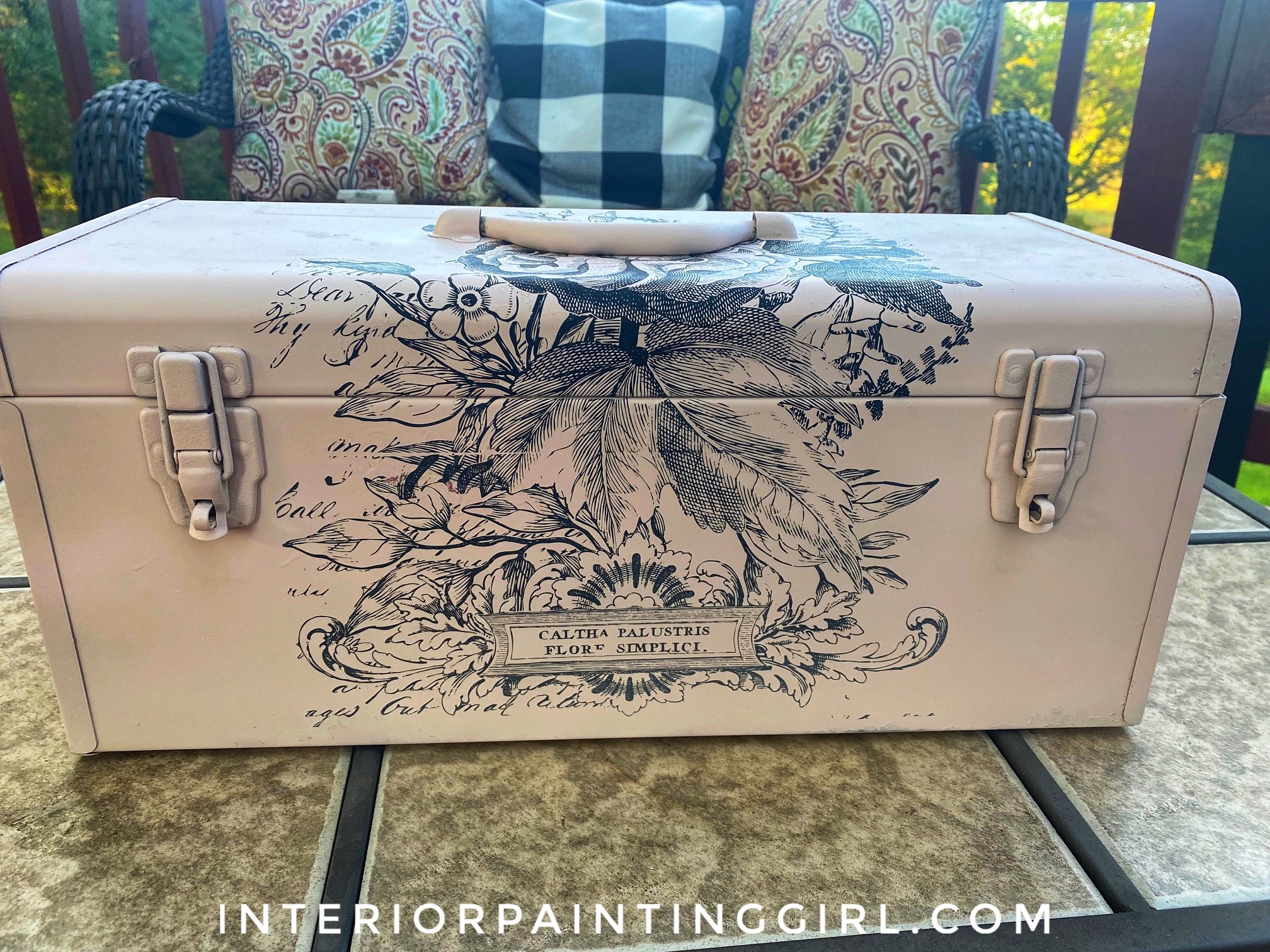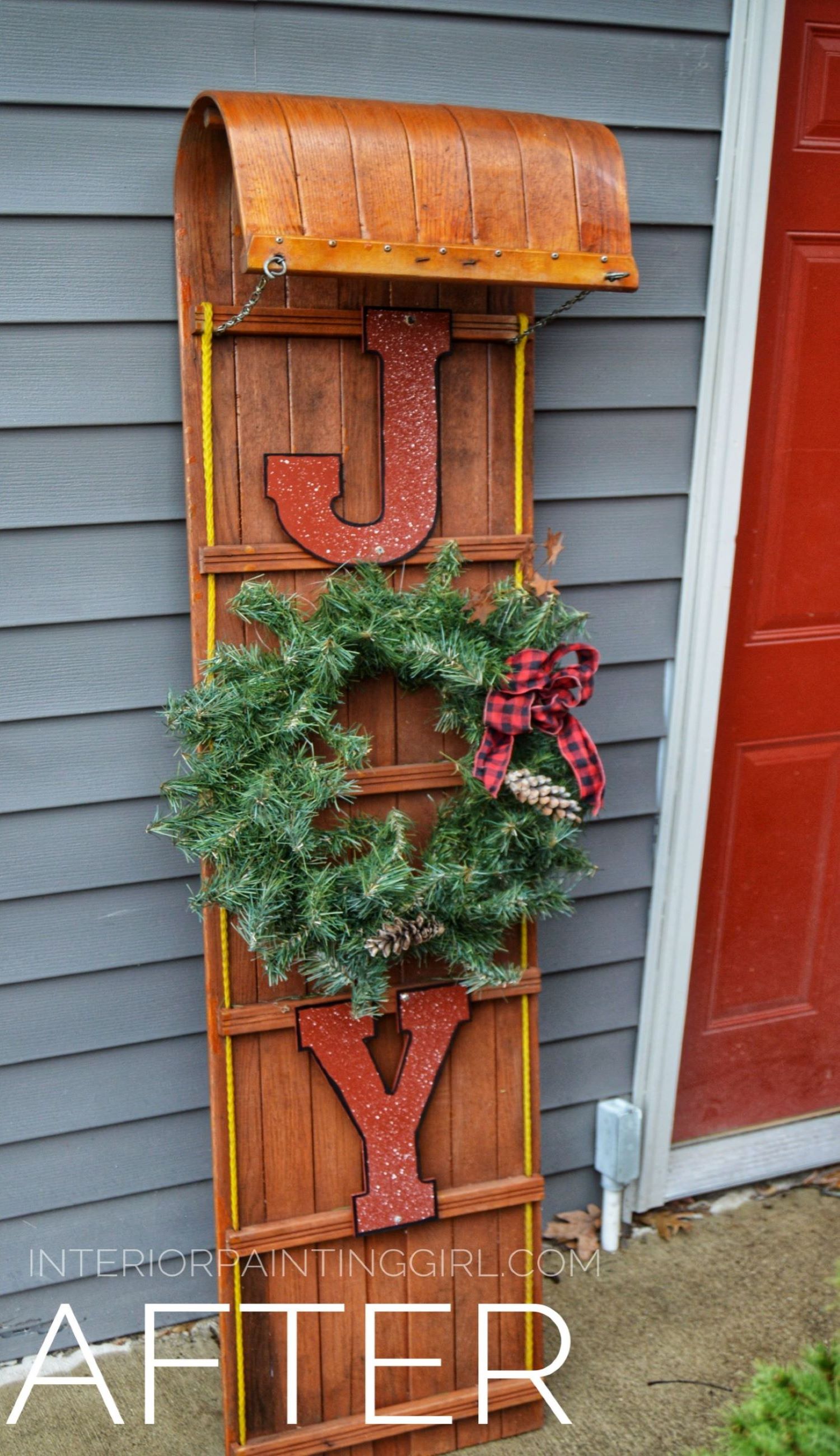Choosing the Best Paint Brush
What is the best paint brush for your interior painting project?
There are a large variety of paint brush options available at the paint or home improvement store – different materials, modified handles, angled and straight, a variety of shapes and sizes.
It can all be confusing for the beginner.
What’s the difference between a “Nylon-Polyester” brush and a “Natural Bristle” brush?
Why spend $10-20 on a brush when I can get a $2 model in the bargain bin?
There is not one right answer. The best paint brush for your project is going to depend upon the needs of your project. Whether you're painting drywall, ceilings, cabinets, or exterior surfaces, the needs of each project are somewhat unique.
Each type and style of brush is tailored to certain uses.
I will break down the differences below and suggest the best types for each potential use.+
Quality Over Cost
First, it’s critical to the quality of your job that you buy a quality paint brush. Dollar store or generic unbranded interior paint brushes are not recommended.
Quality paint brushes have several advantages:
- They hold more paint in their bristles, meaning you must reload your brush less often.
- They deliver paint more evenly to the surface, meaning fewer drips and brush marks and sharper lines.
- They are ergonomically shaped to reduce fatigue and stress.
- If properly cared for, they are meant to be reused many times.
A “quality” paint brush is not cost-prohibitive. It will be one of the smallest costs of any project. For less than $20 you should be able to get the best paint brush (or brushes) to suit your project.
There are so many low-quality varieties out there it pays to be cautious when purchasing brushes. Many off-brands use the term “pro” in their names, but these are rarely that.
Poor quality brushes hold little paint, drip and run easily, and frequently lose bristles into your finish.
The difference between a quality brush and a cheap brush can’t be easily seen. It is in the bristles themselves, and that difference can only be found through use.
There are a few well-respected paint brush manufacturers who continually produce quality brushes. Purdy and Wooster are the most widespread, and I have always found them to be comparable both in quality and cost.
If well cared for, brushes from either of these brands can hold up to years of semi-regular use.
Paint Brush Sizes
The first thing you’ll notice is the variety of size available for purchase. Brushes run from 1” wide clear up to 4”+.
Each of these brush widths has a different use. It pays to evaluate your project prior to heading to the store or online to purchase your supplies.
The narrower brushes – 1” to 1.5” – are used primarily for tight spaces. Is there a narrow area – for example, a strip between trim and cabinetry – that will need to be brushed?
2” brushes are probably the most commonly used, and this is the one I use the most. It’s perfect for painting trim, cutting in around trim, ceiling lines, adjacent walls, and other obstacles. Easy to handle without becoming awkward or heavy.
It lays down a wide enough stripe of paint to be able to roll out the rest of the space without worrying about painting adjacent surfaces by accident.
For a standard room painting project a 2” wide brush is usually the best paint brush for the job.
2.5” & 3” brushes have the similar purpose of cutting in around edges with the additional use of brushing larger spaces. 3” brushes are great for painting interior doors, furniture, or painting cabinetry, especially those with inset panels or designs. They cover a wider space without becoming overly cumbersome.
4” brushes are used over large flat areas, such as when applying paint or sealants to an entire wall or room with a brush, or to apply paints or stains to exterior surfaces like decks, fences, and siding.
Unless you are planning to brush out a large area or perform a specialty technique, you’re unlikely to need a 4” wide brush.
Flat or Angled Brushes?
Some brush sizes come in either square-cut or angled bristles.
The square-cut style is for best for brushing paint over flat areas. Painting doors, cabinetry, and trim all work well with square-cut brushes.
The angled cut styles are great for cutting in along edges. They allow you to lay a nice clean line of paint along ceilings, trim, or other obstacles while maintaining a comfortable wrist angle.
For most jobs, I use a 2” angled brush more than any other style.
It never hurts to have both styles on hand, but if you have to choose one or the other, go with an angled style.
Natural or Synthetic Bristles?
Natural (or China) bristle brushes are intended for use with oil-paints, stains, or polyurethanes. In other words, they’re not for use on most interior painting projects, which typically use water-based paints and primers.
Nylon-Polyester, Polyester, and “Synthetic” brushes are intended for use with water-based (Latex) paints. These tend to hold their shape well and deliver a smooth, even layer of paint to your surfaces.
They also clean up extremely well and last for years if properly maintained. Follow our simple step-by-step instructions for how to clean paint brushes.
Choosing the Best Paint Brush - Recap
To recap: my go-to "best paint brush" for standard use is a 2” Nylon-Poly Angled Sash Brush such as the Purdy XL Glide or Wooster Lindbeck. This is the best paint brush I’ve found for daily use.
The 2” square cut brush is useful for trim and baseboards, while 3-4” brushes are for use over large flat areas.
If you have small, tight spaces (such as a narrow gap between trim and wall) a 1” or 1.5” brush may suit best for that purpose.
You can often find brushes in a variety pack of 3-4 sizes that can suit multiple needs.
Buy quality brushes, care for and clean your brushes, and they’ll last you a long time.
